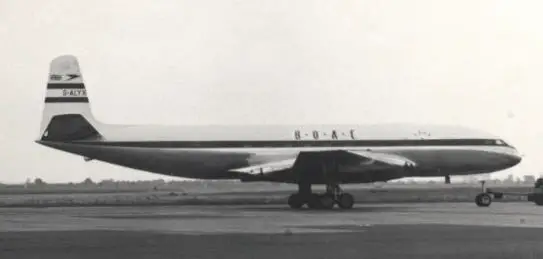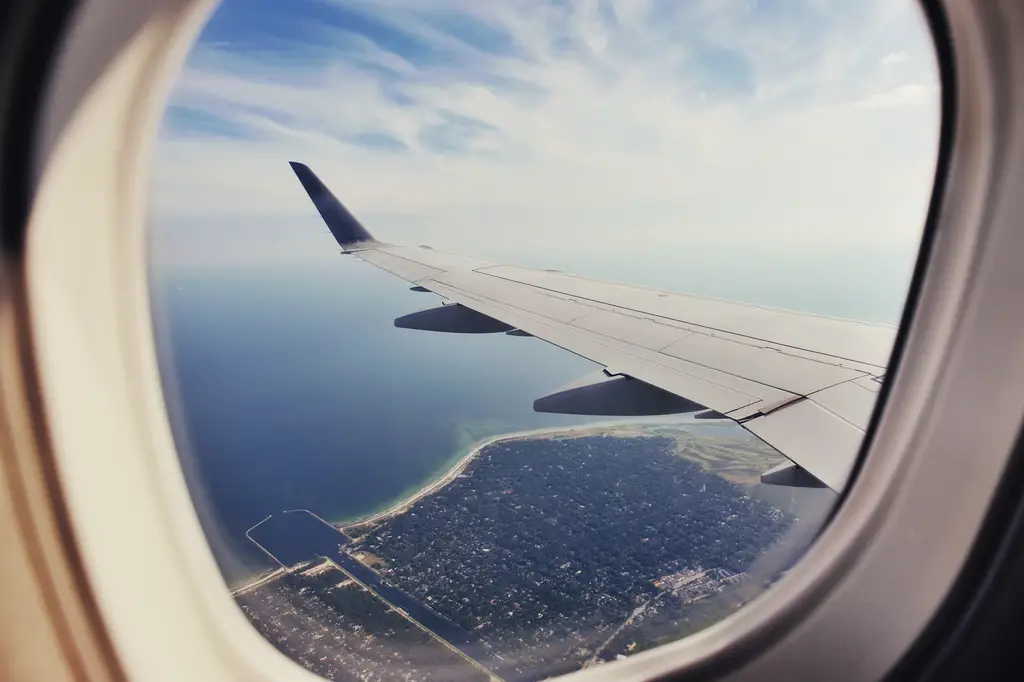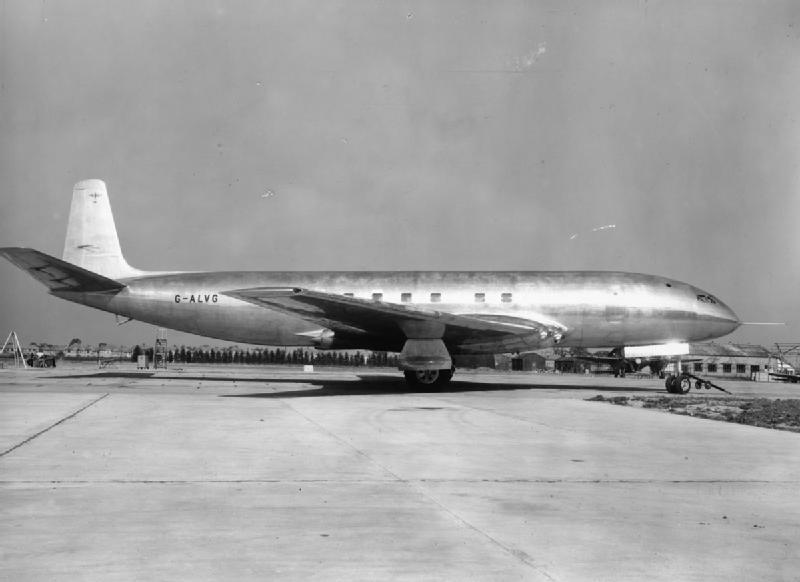Taking in the scenery out of an airplane window is one of the most enjoyable things about air travel. You may have never thought about the shape of the windows, but there is a good reason why airplane windows are round. You may be surprised to learn that they came about because of a series of tragic, unfortunate events.
We sometimes take for granted the many engineering feats that make our current forms of transportation feasible. One of these is the seemingly innocuous round window on jet airliners and other pressurized aircraft. If it weren’t for the engineering in these windows, every flight in the air would be a recipe for disaster.
In 1952, a revolution in air travel took place. The British made de Havilland Comet became the world’s first production jetliner. The Comet made long-range, high altitude travel possible in a short amount of time and intended to change the face of commercial air travel.
On May 2, 1952, a de Havilland Comet owned by the British Overseas Airway Corporation made a maiden flight from London to five different stops before landing in Johannesburg, South Africa. The airplane cruised at 35,000 feet and went faster than any other commercial aircraft up to that time. The British Overseas Airway Corporation ended up ordering eight of the new aircraft, and other airline companies followed suit.

The cabin of the Comet was pressurized so passengers wouldn’t have to use oxygen masks. As the aircraft got to altitude, the pressure in the cabin was raised so the pressure inside would be greater than that on the outside, and when it descended, the pressure would be lowered when it got to lower altitudes. This was the same as it is done today in commercial air travel. But the change in pressure was known to put considerable stress on the structure of the aircraft.
Like so many new advances in technology, the Comet ran into some problems rather quickly. The first occurred when a Comet was unable to lift-off in Rome in November 1952, and another accident occurred in Pakistan that killed 11 passengers and crew. The accidents were attributed to pilot error and loss of lift at the leading edge of the wing. De Havilland redesigned the leading edge of the wing to correct the problem.
In May 1953, the Comet had its second fatal accident in India during a thunderstorm which killed all 43 people aboard the aircraft. The inquiry that resulted put the cause of the crash on extreme turbulence that caused a loss of lift on the wing and over-correction by the pilot that placed too much stress on the aircraft. As a result of this crash, Comets became equipped with weather radar and a system that allowed the pilot to “feel” the controls and the load being placed on the aircraft.
The problems with the Comet didn’t end here, however. In January 1954, a little more than a year and a half since its inaugural flight, the first production Comet broke-up in midair and crashed in the Mediterranean Sea near Italy, killing all 35 aboard. The Comets were grounded while recovery operations took place, but even with many parts of the plane having been recovered, investigators couldn’t find a problem. The Comets were cleared to resume operations.
Only a few months later, in April 1954, another Comet operated by South African Airways also crashed in the Mediterranean after contact was lost when it was at cruising altitude. All 21 passengers and crew on board perished. All Comets were grounded for a second time in only a matter of months, and the fleet of Comets belonging to the British Overseas Airway Corporation had their airworthiness revoked and were permanently grounded.
In October 1954, the Cohen Committee was established to determine the causes of the Comet crashes. Some of the wreckage recovered from the first Mediterranean crash had indicated a problem could have occurred from metal fatigue. They began to test this theory by doing pressurized tests on existing fuselages of the Comet. By using a water tank with the fuselage submerged inside, investigators were able to increase the pressure inside the cabin by pumping more water inside to simulate flight conditions at altitude in the cabin.
This was repeated many times to simulate pressurization and depressurization of the aircraft throughout its lifespan. After thousands of simulated pressurized flights, the investigators discovered the area of the problem. The failure was happening at the corner of a square forward escape hatch window.
A finding from the remnants of the crash in January 1954 bolstered this discovery. A radio direction finding window in the front of the cabin had cracked because of metal fatigue. That window also was square in shape. These areas were determined to be the cause of rapid decompression and the break-up of the aircraft under pressure because of the metal’s eventual fatigue over many flight hours. In other words, when the aircraft was pressurized and then depressurized, metal fatigue eventually occurred at these high-stress points.
The stress at the corners of the square windows of the Comet was very localized and concentrated. Up to 70% of the stress while under pressure occurred at these corners. With modern round windows, these areas of stress don’t build up and instead flow around the curved areas of the window. That’s why you see round windows on airlines today.
The Comet never fully recovered. By the time the next production of Comets came out, Boeing was already in the sky and taking over commercial air travel. Now the next time you’re sitting looking out that airplane window, you’ll know the events that allowed us now to have a safe grand view while we’re cruising through the sky.
Sources: Smithsonian, FAA, FAA, BBC



